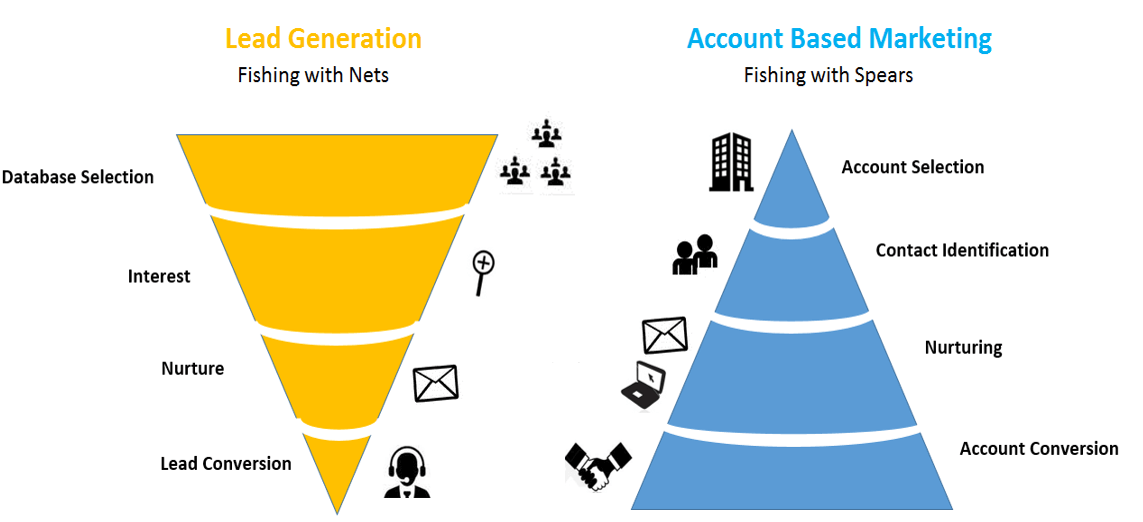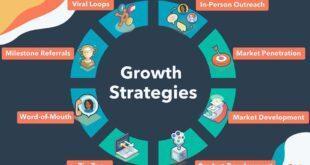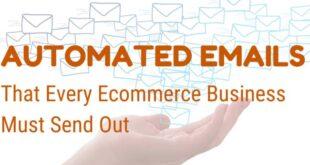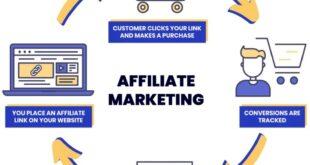If you are looking for a way to target high-value accounts with personalized and effective marketing strategies, then Account-Based Marketing (ABM) is the way to go. ABM is a strategic approach to B2B marketing that has become increasingly popular in recent years. This guide will provide you with all the information you need to know about ABM, its benefits, and how to implement it successfully.
What is Account-Based Marketing (ABM)?
 Account-Based Marketing is a B2B marketing strategy that focuses on identifying and targeting high-value accounts with personalized marketing campaigns. It involves aligning marketing and sales efforts to target specific accounts and decision-makers within those accounts. ABM is a highly targeted approach that enables marketers to tailor their marketing messages and content to the specific needs and interests of the target accounts.
Account-Based Marketing is a B2B marketing strategy that focuses on identifying and targeting high-value accounts with personalized marketing campaigns. It involves aligning marketing and sales efforts to target specific accounts and decision-makers within those accounts. ABM is a highly targeted approach that enables marketers to tailor their marketing messages and content to the specific needs and interests of the target accounts.
Why is Account-Based Marketing (ABM) important?
Account-Based Marketing is important because it enables marketers to target high-value accounts with personalized and relevant content. This approach helps to build deeper relationships with target accounts and increases the chances of converting them into customers. ABM also helps to align sales and marketing efforts, which can lead to increased revenue and higher ROI.
Benefits of Account-Based Marketing (ABM)
Account-Based Marketing offers several benefits, including:
1. Higher Conversion Rates
ABM enables marketers to target high-value accounts with personalized and relevant content, which can lead to higher conversion rates.
2. Increased Customer Lifetime Value
By building deeper relationships with target accounts, ABM can increase customer lifetime value.
3. Improved Sales and Marketing Alignment
ABM aligns sales and marketing efforts, which can lead to increased revenue and higher ROI.
4. Better Customer Experience
ABM provides a better customer experience by tailoring content and messages to the specific needs and interests of target accounts.
How to Implement Account-Based Marketing (ABM)
Implementing an effective ABM strategy involves several key steps:
1. Identify High-Value Accounts
Identify the accounts that are most likely to generate revenue for your business. These are typically large accounts or accounts in specific industries.
2. Understand Your Target Accounts
Research and understand the needs, pain points, and interests of your target accounts. This will enable you to tailor your marketing messages and content to their specific needs.
3. Create Personalized Content
Create personalized content that speaks to the specific needs and interests of your target accounts. This can include blog posts, eBooks, webinars, and other content formats.
4. Leverage Multiple Channels
Use multiple channels to reach your target accounts, including email, social media, direct mail, and events.
5. Measure and Analyze the Results
Measure the effectiveness of your ABM campaigns and analyze the results to identify areas for improvement.
Frequently Asked Questions (FAQ)
Q: How is ABM different from traditional B2B marketing?
A: Traditional B2B marketing focuses on reaching a large number of potential customers with a broad message. ABM, on the other hand, is a highly targeted approach that focuses on specific high-value accounts.
Q: What industries are best suited for ABM?
A: Any industry can benefit from ABM, but it is particularly effective in industries with long sales cycles, complex buying processes, and high-value accounts.
Q: What types of content should be used in ABM?
A: Personalized content is key to ABM success. This can include blog posts, eBooks, webinars, and other content formats.
Conclusion
Account-Based Marketing (ABM) is a highly effective B2B marketing strategy that enables marketers to target high-value accounts with personalized and relevant content. By aligning sales and marketing efforts and tailoring content to the specific needs and interests of target accounts, ABM can lead to higher conversion rates, increased customer lifetime value, and improved customer experience.
To implement an effective ABM strategy, businesses should identify high-value accounts, understand their needs and pain points, create personalized content, leverage multiple channels, and measure and analyze results.
ABM is not a one-size-fits-all approach and requires careful planning and execution. However, the benefits of ABM make it a highly worthwhile investment for businesses looking to target high-value accounts and increase revenue.
References
“What is Account-Based Marketing (ABM)?”, https://www.hubspot.com/account-based-marketing
 Sale Success Make More Money Online
Sale Success Make More Money Online


